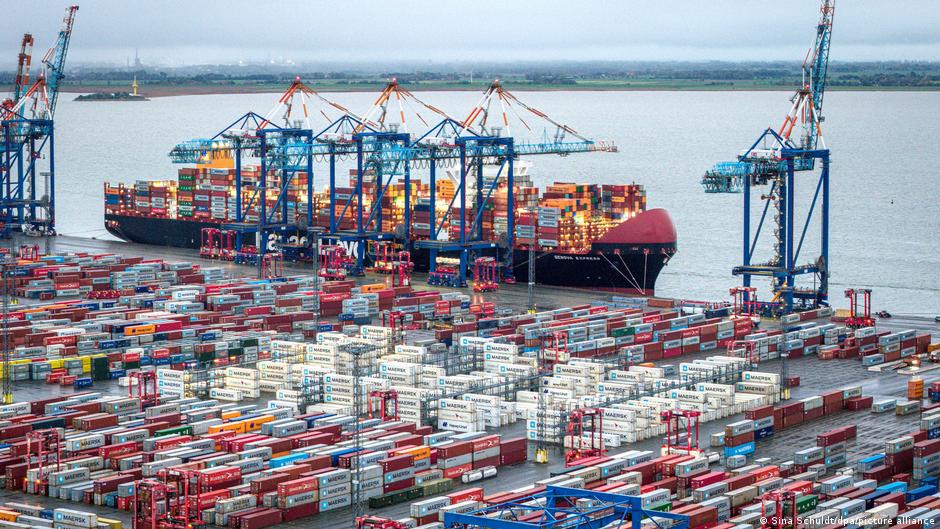Noida-headquartered company’s operating revenue rose 15.7% sequentially and 33% year-on-year to ₹14,855 crore in the second quarter of FY26, according to its filings. Dixon met the guidance of 15% revenue growth that Atul Lall, its vice-chairman and managing director, had given in the June quarter.
The company’s profitability rose 167% sequentially and 81% over a year earlier to ₹746 crore. However, this was largely due to Dixon selling goods manufactured in the past in the September quarter.
The change in the company’s inventory of finished goods led to a loss of ₹413 crore in the June quarter, while it sold ₹297 crore of unsold goods during in July-September, leading to a jump in profits.
While Lall did not offer guidance for future quarters during the post-earnings conference call with analysts, he expressed confidence in the company’s push to increase margins and navigate a slowdown in orders from Motorola, Dixon’s anchor client so far.
JVs, diversification plans
“Some of our components-linked joint ventures, such as with Q Tech for camera modules, are already leading to revenue realization since these are running factories. Others, such as display modules, will start adding revenue by the end of this fiscal or the first quarter of the next fiscal,” Lall said.
“Overall, within the next two fiscals, we expect displays, mechanicals, power supplies and other components to represent a $12-billion net addressable industry in India with available margins of around 8%,” he said. “Of these, Dixon’s revenue opportunity can be around $1.5 billion ( ₹13,000 crore) annually.”
Lall further added that each of Dixon’s four joint ventures announced through the September quarter will start adding revenue by FY27 itself.
“Among component manufacturing, we expect component supplies for 60 million smartphones by volume to generate $600 million in annual revenue. Similarly, the revenue addition from laptops could be $100 million, and we expect to see a further $60 million from television display manufacturing and $140 million from automotive display manufacturing—all adding up to at least $900 million ( ₹8,000 crore) over the next two years,” Lall said.
“All of this will add to our margin expansion process as we delve deeper into the electronics manufacturing ecosystem.”
The diversification play is already playing out in parts. Revenue from telecom equipment such as Wi-Fi routers grew 116% sequentially to ₹3,045 crore in September. Lall said that the company will actively seek enterprise-grade networking product clients.
Risks and strategic moves
However, Dixon’s growth opportunity does not come without risks. Revenue from pure-play mobile phone manufacturing dropped 5% sequentially to ₹9,312 crore, even though mobile phone revenue received a 130% sequential boost from Dixon’s subsidiary Ismartu, which makes phones for China-based Transsion Holdings. This clearly reflected a slowdown in Dixon’s production of phones from China-owned consumer electronics brand Motorola.
Lall said that Vivo will be Dixon’s marquee client for the business. “That said, we do hope to have both Vivo and Motorola as two anchor clients for Dixon, and not just one.”
The company also said that it is negotiating a deal with a large original design manufacturer (ODM) based in the US—details may be signed by the end of this fiscal.
Analysts have previously underlined the risk of Dixon’s dependency on singular large clients for a bulk of its revenue—Ismartu, for instance, alone accounted for 31% of Dixon’s quarterly revenue in Q2.
Through the September quarter, Dixon made four partnership announcements—a 51:49 JV with China’s Kunshan Q Tech Microelectronics for camera, display and fingerprint modules; a 74:26 JV with Chongqing Yuhai for precision components of laptops and mobile phones; a 50:50 JV with Signify Innovations (formerly Philips Lighting) for LED light and accessories manufacturing; and an entry into battery production via wholly owned subsidiary, Dixon Electrocorp.
“We’re hearing the possibility of an export-target-based smartphone production incentive scheme in the works at the Centre. If such a plan plays out, this will work very well in Dixon’s favour,” said Harshit Kapadia, vice-president at Elara Capital.
“Its current short-term risk is that of Chinese smartphone brand Xiaomi’s market share declining in India, which may impact Dixon’s earnings from its biggest revenue-driving segment,” said Kapadia. “However, apart from this, Dixon remains on a steady track despite its dependency on select brands.”








